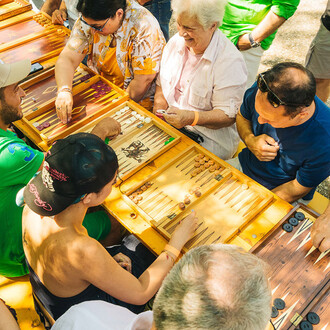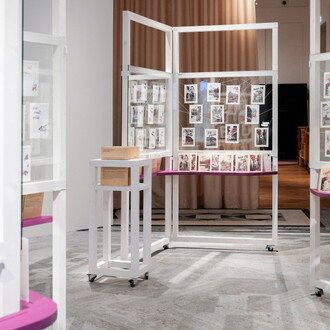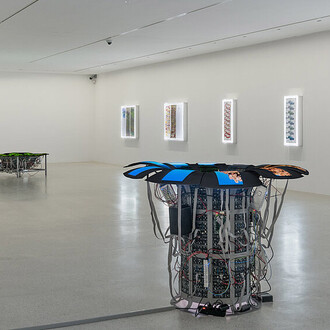Pieter Bruegel the Elder was one of the 16th century’s most important draughtsmen. On the eve of the Netherlands’ War of Independence against Spanish rule, amidst an era of political, social, and religious transformation, Bruegel conjured up an equally complex pictorial world that reflected social conditions in a humorous, lifelike, perceptive, and deeply critical manner.
Even during Bruegel’s lifetime, his drawings were prized highly—with many of them achieving wide distribution in the form of copperplate engravings. Though he drew on the pictorial tradition of earlier generations, his motivic and formal impulses were entirely new.
Bruegel’s drawings and prints number among the Albertina’s most important holdings alongside the masterpieces by Dürer, Raffael, and Rubens. This comprehensive exhibition serves to retrace Bruegel’s artistic origins and shed light on his significance as a “peasant painter”, a “second Hieronymus Bosch”, a landscape art innovator, and a social satirist.
















